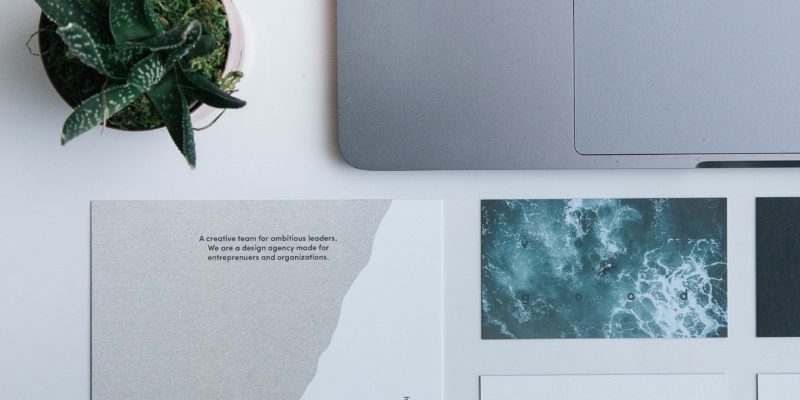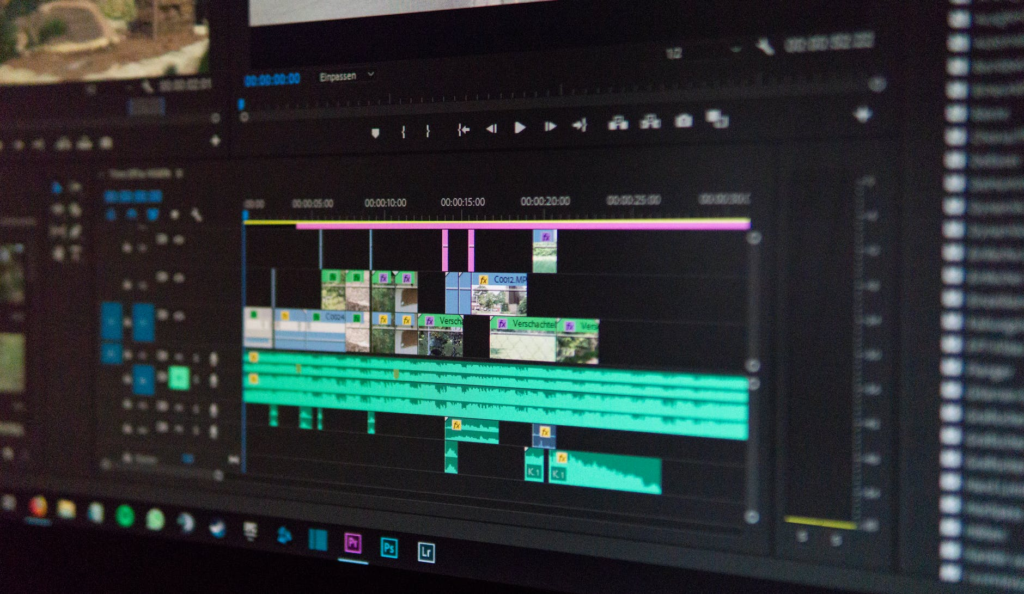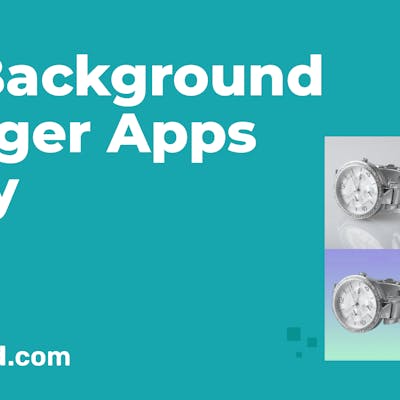
In today’s world, there is more competition than ever for jobs within the design industry. Greater access to learning tools means that extremely talented designers are now in greater supply than ever. But without an effective design process you risk missing out on bigger clients no matter how talented the designers or their team are. Assembling a talented team is easy, developing a consistent work ethic can be a challenge.
If you want to make 2021 the year your design team nails the brief in the first go, here’s our Simplified guide to establishing a fast and effective design process.
Start with a creative brief !
If you have not been offered one already, ask the client for a creative brief. The brief should outline the project goals and be distributed to all creative designers on the project. This crucial step in the design process will help everyone get on the same page before beginning the project.
Identify who will be calling the shots.
Ever heard of the phrase “too many cooks in the kitchen”? Before beginning a project, identify who should be responsible for signing off on important design decisions. Why? So you can limit the decision-making to those people only. In order for the design process to be effective, there must be leaders who can make executive decisions.
For larger-scale projects, create different groups:
- Small core groups responsible for daily tasks.
- Decision-making groups involved in key milestones.
Be sure to keep everyone in the loop throughout the design process: Simplified’s collaborative workspace makes it easy to do just that!
Be upfront about any deal breakers.

If the color yellow will never get past your CEO, then communicate that to the design team before starting the design process. By clarifying the deal breakers upfront, the designers can avoid disappointment for all parties.
It’s also helpful for designers to see examples of designs your client likes, so they can gain insight into the needed style preferences and expectations.
Consider all the required creative assets for the project.
If your project needs photographs, consider what you may already own! Was a professional photographer present at a recent brand launch? Were you just shooting a similar fundraiser last month? Taking stock of what you own and what you need gives the designers a head start on developing a creative concept.
Make an outline of your content, and make it as descriptive as possible!
Work in tandem with the designer and/or strategist to outline your content. This is the step in the design process when you will determine copy, headings, subheads, and more. The outline creates a framework to build the rest of your project around. For example, if you are using text, the length of the copy will inform the designers’ vision for the rest of the content.
Align all feedback with your project goals.
Goal-oriented feedback can be more successful than focusing on specific design elements. For example, saying “the brand name needs more presence” instead of “make the logo bigger”, can result in a wider variety of creative solutions. It is the designer’s job to identify those solutions.
Don’t be shy with critique!
Good design teams appreciates constructive criticism more than anything. They are not looking for praise (okay, a little praise is nice!) and their feelings will not be hurt if you prefer one concept to another. Designers recognize the value of their client’s knowledge and intuition; direct critique is the shortest route to an effective solution.
Trust your designers and stay in touch!
Communication, communication, communication! Make sure the design team can all communicate clearly with each other and the client. This includes sharing the contact info of all your team members and ensuring that they have all the tools they need to complete their project.
Determine the best method for deliverables (hard-copy or PDF?). For larger projects, set time aside for a weekly check-in meeting. It needn’t be lengthy; a simple status update can put everyone on the same page.
In Ellen Shapiro’s book, The Graphic Designer’s Guide to Clients, Rick Valicenti says the best relationships occur when the designer is perceived as counsel, rather than a vendor. Building a good relationship with your designer should be at the core of an effective design process!









![10 Best AI Image Restoration Tools to Try in 2025 [Free & Paid] 10 Best AI Image Restoration Tools to Try in 2025 [Free & Paid]](https://siteimages.simplified.com/blog/Best-AI-Image-Restoration-Tools-01.png?auto=compress&fit=crop&fm=png&h=400&w=400)
![How to Use Photoshop AI Generative Fill Feature [2025] How to Use Photoshop AI Generative Fill Feature [2025]](https://siteimages.simplified.com/blog/How-to-Use-Photoshop-AI-Generative-Fill-01-1.png?auto=compress&fit=crop&fm=png&h=400&w=400)
![20 Podcast Thumbnail Ideas to Boost Your Show’s Visual Appeal + Best Practices [2025] 20 Podcast Thumbnail Ideas to Boost Your Show’s Visual Appeal + Best Practices [2025]](https://siteimages.simplified.com/blog/Podcast-Thumbnail-Ideas-to-Boost-Your-Show-02-1.png?auto=compress&fit=crop&fm=png&h=400&w=400)




